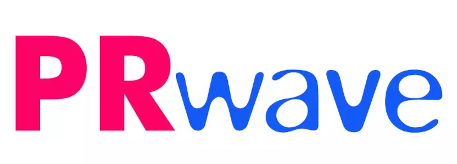Sets Stage for Faster Releases and More Open Source Engagement
Redwood Shores, Calif. Oracle announced the general availability of Java SE 9 (JDK 9), Java Platform Enterprise Edition 8 (Java EE 8) and the Java EE 8 Software Development Kit (SDK). JDK 9 is a production-ready implementation of the Java SE 9 Platform Specification, which was recently approved together with Java EE 8 in the Java Community Process (JCP). Java SE 9 provides more than 150 new features, including a new module system and improvements that bring more scalability, improved security, better performance management and easier development to the world’s most popular programming platform. Java EE 8 modernizes and simplifies the Java EE platform for the cloud and microservices with updates to eight major specifications.

Java SE 9
The defining feature of Java SE 9 is the Java Platform Module System, also known as Project Jigsaw, which makes it easier for developers to reliably assemble and maintain sophisticated applications. The module system also makes the JDK itself more flexible, allowing developers to bundle just those parts of the JDK that are needed to run an application when deploying to the cloud.
“Java SE 9 is the result of industry-wide development involving open review, weekly builds and extensive collaboration between Oracle engineers and members of the worldwide Java developer community via the OpenJDK Community and the JCP,” said Georges Saab, vice president of development for the Java Platform Group at Oracle. “This version of Java SE will provide millions of developers the updated tools they need to continue building next-generation applications with ease, performance and agility.”
The OpenJDK Community is where a diverse set of contributors have collaborated for more than ten years on an open-source implementation of the Java SE platform. Other key features in Java SE 9 include:
· jshell, which delivers an interactive Read-Eval-Print-Loop tool that makes it easy for developers to explore APIs and try out language features.
· Improved Javadoc, which makes it easier for developers to learn new APIs by including a search function within the API documentation itself, as well as information on which module defines each class or interface.
· Streams API enhancements, which improve developer productivity by adding methods to conditionally take/drop items from a Stream, iterate over a Stream’s elements, and create a Stream from a nullable value while expanding the set of Java SE APIs that can serve as sources for Streams.
For the full list of features introduced in JDK 9, please visit this page.
Oracle has also announced several changes to how Java SE and Java EE will be developed and released going forward.
For Oracle Java SE, Oracle is planning to move to a 6-month release cadence using a time driven release model rather than a feature driven release model. With that change, Oracle will also be providing OpenJDK builds under the General Public License (GPL). Finally, Oracle will be contributing previously commercial features to OpenJDK such as Java Flight Recorder in Oracle JDK with the goal of making Oracle JDK and OpenJDK more aligned.
Java EE 8
Oracle has also announced its intention to move Java EE technologies to the Eclipse Foundation, in collaboration with other vendors and the community. Oracle, Eclipse and other community members are now working out the details behind the technology transfer and ongoing governance and process within the Eclipse community.
“Today’s major release of the Java Platform Enterprise Edition is one we think developers are going to be excited to use and by open sourcing Java EE technologies to the Eclipse Foundation, we have set it up for ongoing success in the future,” said Mike Lehmann, vice president of product management, Oracle. “Oracle is committed to working with the Java EE community and the Eclipse Foundation to continue enterprise Java innovation, support and evolution.”
Key features in Java EE 8 include:
· HTTP/2 support in Servlet 4.0
· New JSON binding API and various enhancements in JSON-P 1.1
· Expansion of JAX-RS to support Server-Sent Events and a new reactive client API
· New security API for cloud and PaaS based applications
· Multiple CDI enhancements including support for asynchronous events.
For a full list of features included in Java EE 8, please visit this page.
Java is the world’s most popular programming language, with over 12 million developers running Java and more than 1 billion downloads each year. Java is also the #1 developer choice for cloud, with over 21 billion cloud-connected Java virtual machines.



